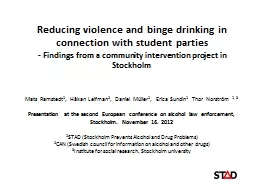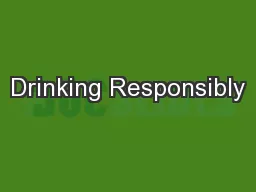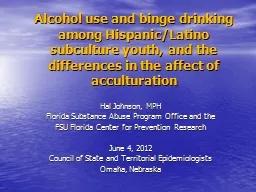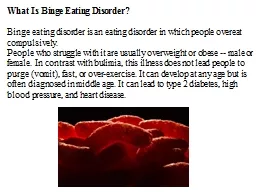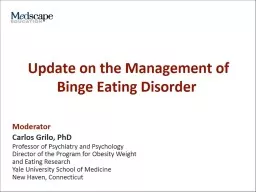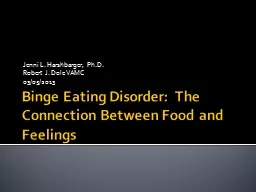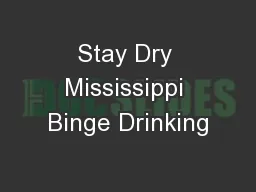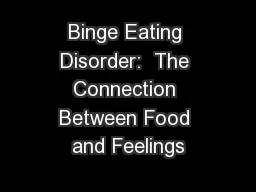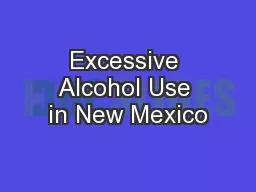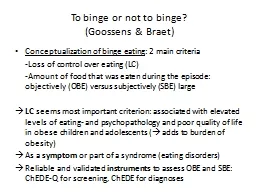PPT-Reducing violence and binge drinking in connection with stu
Author : marina-yarberry | Published Date : 2017-01-28
Findings from a community intervention project in Stockholm Mats Ramstedt 1 Håkan Leifman 2 Daniel Müller 1 Erica Sundin 1 Thor Norström 1 3 Presentation
Presentation Embed Code
Download Presentation
Download Presentation The PPT/PDF document "Reducing violence and binge drinking in ..." is the property of its rightful owner. Permission is granted to download and print the materials on this website for personal, non-commercial use only, and to display it on your personal computer provided you do not modify the materials and that you retain all copyright notices contained in the materials. By downloading content from our website, you accept the terms of this agreement.
Reducing violence and binge drinking in connection with stu: Transcript
Download Rules Of Document
"Reducing violence and binge drinking in connection with stu"The content belongs to its owner. You may download and print it for personal use, without modification, and keep all copyright notices. By downloading, you agree to these terms.
Related Documents

